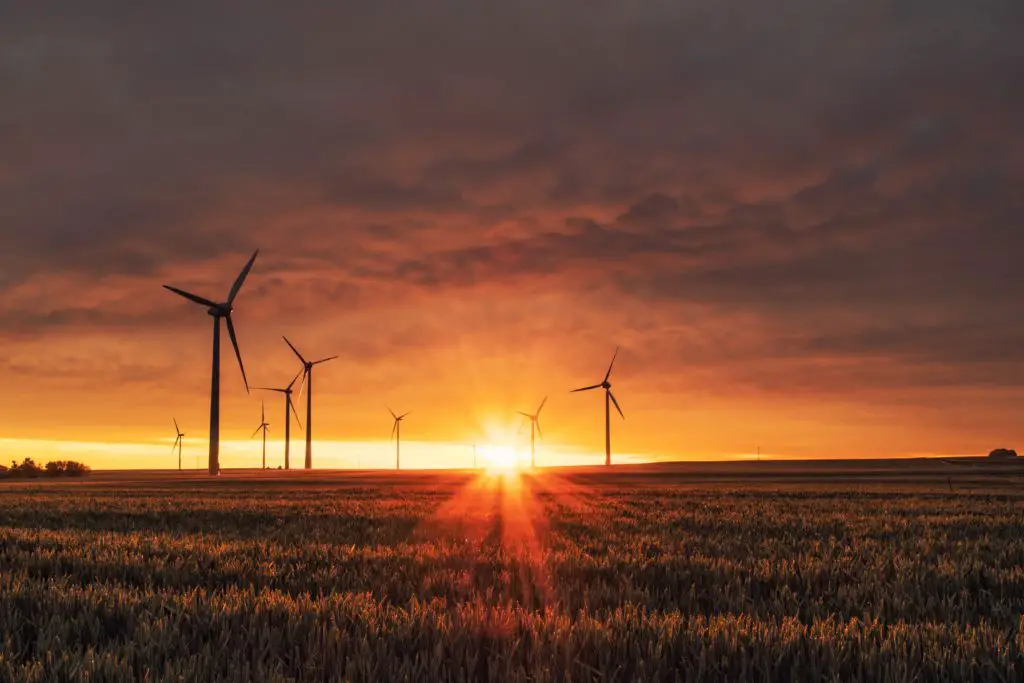Introduction
What do you do when there is a sudden blackout? The first is panic! Next might be, oops! How do I charge my electrical devices? Omg, no A.C.! or how long will the blackout last? These are familiar questions I bet you will agree with.In modern times, almost everything is tied to electricity from the food we eat in terms of preservation, processing, and storage to leisure and entertainment to even work is all electrically powered. So, a power outage is not just a physical shutdown but can have psychological implications too. In most cases, lack of power can result in loss of lives and valuable property too. Not to mention the impact on economic and sociological order in a society.

Over the years, climate change has played a significant role in the environment garnering public attention, especially its effect on power upsurge, particularly in the U.S. As a result; concerns are evident in the use of heaters during winter and the ever-increasing demand for power to crank up air conditioners during long hot summer periods.
Causes of power outages
According to a 2020 study conducted by EIA, the weather is more responsible for the power outage than any period in the United States’ history. This factor alone is responsible for the incurred cost for more than a decade. It is estimated that power outage costs over $33 billion annually in the United States. As a result, Data analysis by climate central shows that since the year 2000 there has been an increase in power outages to over 67%!. The irony is that; electric resources such as poles, cables, and transformers cannot be completely shielded from the direct adverse effects of the weather. So, at any point in time, a power outage has a probability of occurring with or out of human control.
A study on Grid Reliability Assessment shows that, due to climate change, heat and drought pose a threat to energy decimation. It is predicted that there might be power shortages during peak summer periods, especially in the Midwest, California, and Texas, in 2022.
Natural Disasters
Natural disasters such as flooding, violent windstorms, snow, wildfires, hurricanes, crippling earthquakes, or even felled trees during storms can destroy overhead poles and power lines. In addition, other significant elements such as dust or even water may clog waterproof parts causing damage. Also, another phenomenon that is beyond human control is drought. In some regions, drought significantly affects electricity generation in hydroelectric power plants, so when you do the math, plus low water turbulence equals reduced or no power voltage.
According to an article by the Yale Climate Connections, in Texas, for example, one of the main causes of power outages is as a result of weather influences that freeze thermal components leading to power outages. It is expected that power outages, as a result, will worsen in subsequent years in the state. According to poweroutage.us, there are thousands of U.S citizens experiencing a power outage and the number is increasing.
Human activities such as human error, and drunken or reckless driving leading to the collision of power lines or grid, will almost certainly lead to power outages. Even response to downed power lines can be challenging due to proximity, cost, and technical know-how availability. Another factor is the use of outdated gadgets such as transformers, faulty lines, and hydroelectric engines with poor insulation and weather-resistant elements also play a significant role.
How can we curb power outages?
1. Natural Disasters: Using clean alternate energy sources such as solar panels, power-saving gadgets, low carbon emitting generators, and rechargeable batteries should be encouraged.
2. Human activities: Use high-tech and qualified staffing to track, quick response, monitor, and restore faulty or destroyed grid systems. Also, using materials with high tensile strength with adequate thermal, pressure, or weather insulation should be adopted in gadget designs that can withstand human, time, and weather pressures for a longer period.
3. Drought: Implementation of Sustainable environmental practices will help to tackle climate change. According to Ready, an effective measure to curb drought is simple domestic water conservation habits.
4. Using outdated machines should be replaced in line with industry-standard requirements.
Conclusion
Although the statistics indicate that the effects of a power outage are estimated to rise in terms of costs and accessibility; thus, it is vital to adopt strategies to mitigate its impact to avoid being caught off-guard. Although the factors are evident that cause power outages are beyond human control while some are possible to mitigate by due diligence.
Frequently Asked Questions.
1. What is the primary cause of power outages in the U.S.?
The adverse effects of the weather, such as natural disasters.
2. Why aren’t alternative forms of energy adopted on a large scale?
Because they are mostly very expensive.

